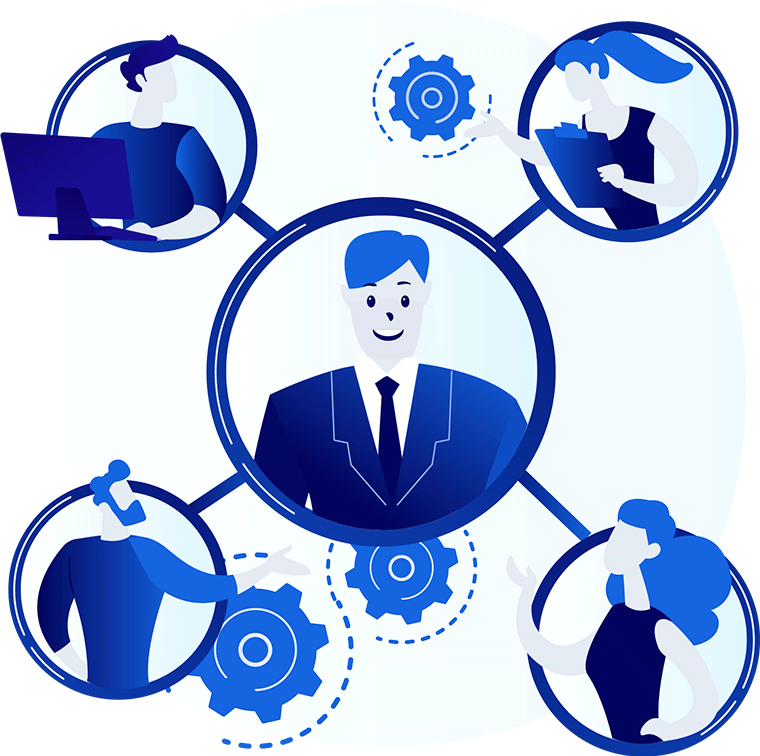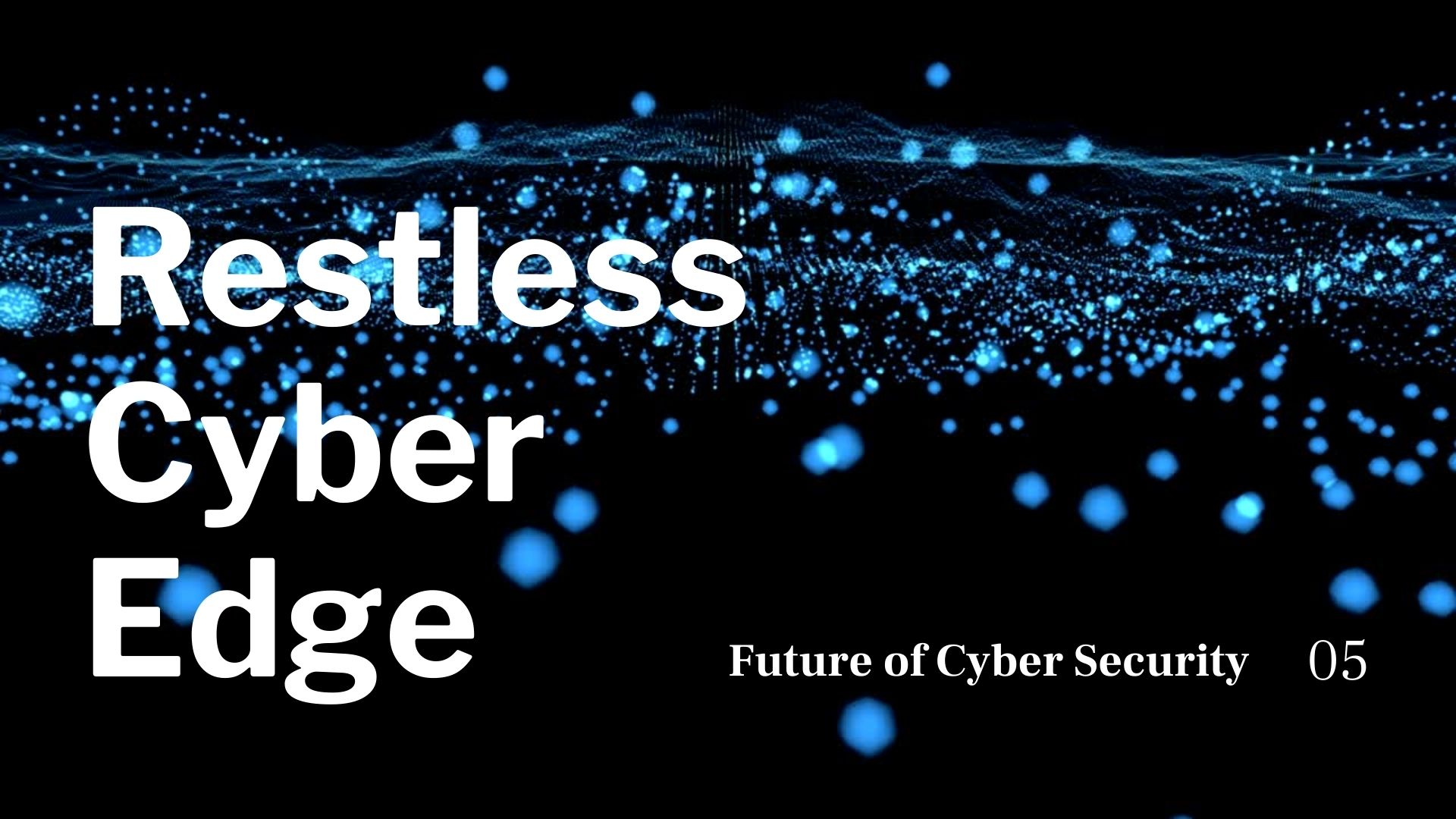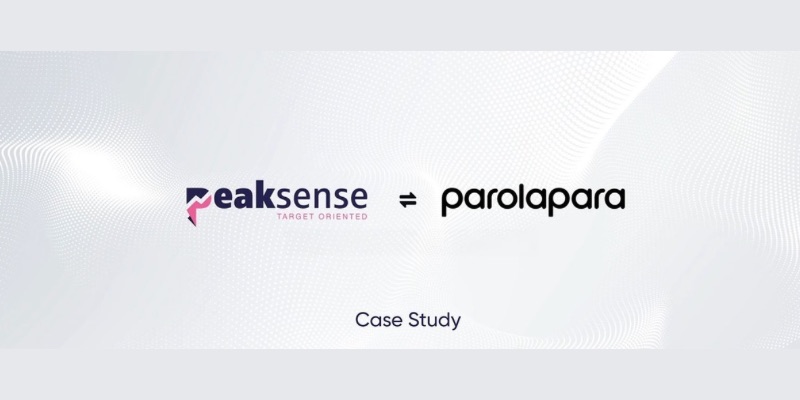6 Ways Technology Is Transforming Business in 2025
April 24, 2025, 4 min read
We all understand that doing business in 2025 just doesn’t quite feel the same anymore. Perhaps you’ve realized that things move quicker, customers demand more, and your employees need more intelligent tools just to keep up. It’s not pressure. It’s a new type of terrain characterized by relentless change.
Technology isn’t something your IT department takes care of anymore. It’s part of the way you plan, build, and expand. Over 70 percent of businesses now indicate they’re depending more than ever on technology to stay competitive. It’s not trendy. It’s remaining capable.
If you’re trying to figure out what matters and what’s just noise, you’re not alone. This article breaks down some of the most meaningful ways technology is transforming business.
1. Decisions Are Getting Smarter and Faster
Gut feeling used to have its place. It still does, but now, it’s backed by data that’s more detailed and immediate than ever. With the growth of AI tools and real-time analytics, you are able to make sharper calls without the long wait.
AI isn’t just for enterprise giants anymore. Small and mid-sized businesses are tapping into tools that can pull insights from customer behavior, inventory trends, and even seasonal changes. You are no longer just reacting. You are anticipating.
2. Workflows Aren’t Tied to Desks Anymore
Remote work isn’t a trend that came and went. It’s become part of the structure now. And it’s not only about where people work, but how they do it.
In 2025, the focus is on flexibility without compromising productivity. Teams work across different time zones using shared platforms that allow real-time collaboration. File access, project updates, and team meetings happen seamlessly, thanks to smarter integrations and more secure infrastructure.
Businesses have also stepped up their game in protecting this kind of flexible setup. With more people working from different places, security tools have had to evolve too. Identity verification, encrypted communication, and tighter access control have become the baseline.
3. Cloud Technology Has Grown Up
The cloud isn’t new. What’s new is how deeply it’s integrated into how businesses operate now. It’s not just for storage anymore. It powers critical systems, supports remote teams, and allows businesses to scale without needing major infrastructure upgrades.
Companies are now investing in cloud computing solutions that are more tailored and reliable than they were just a few years ago. Providers offer tighter security, better uptime, and flexible pricing models that make it easier for growing businesses to get the support they need without overcommitting.
And for many, the move to cloud-based platforms isn’t about cutting costs. It’s about being agile. Updates happen faster. Teams have access to the same tools, wherever they are. And when something goes wrong, recovery is quicker and smoother than it used to be.
4. Cybersecurity Is Now Everyone’s Job
One of the biggest changes this year isn’t just about new tools. It’s about mindset. Businesses have started to treat cybersecurity as a shared responsibility, not just something the IT department worries about.
With phishing scams getting smarter and data breaches costing more than ever, employees are being trained to spot risks early. Tools like multi-factor authentication and endpoint detection are standard now. And it’s not just about defending systems. Rather, it’s about building trust.
Customers want to know that their information is safe. Partners want to work with companies that take digital security seriously. When security becomes part of your company culture, it shows.
5. Customer Experience Isn’t What It Used to Be
People expect more now. They want fast, relevant responses, and they want companies to provide them. So, businesses have started turning to personalized tech to help with that. AI-powered chatbots, smart recommendation engines, and targeted email campaigns all play a part. These aren’t just tricks to boost sales. They’re tools that help you meet your customers where they are, with what they actually need.
And this shift isn’t just helping customer service teams. It guides how marketing strategies are shaped and how products are improved. Feedback loops are shorter and more direct, and customers are part of the conversation more than ever before.
6. Automation Isn’t Just for the Factory Floor
You might think of automation in terms of robotics or assembly lines. But that’s only part of the picture. In 2025, automation is playing a bigger role in everyday business operations. Things like invoicing, customer onboarding, employee scheduling, and even marketing.
It’s not about replacing people. It’s about helping them do better work. When the repetitive stuff gets handled by tech, your team can focus on the more human parts of the job: problem-solving, creativity, and connection.
Smaller companies, especially, are benefiting from automation tools that used to be out of reach. Subscription-based platforms and low-code tools have made it easier than ever to streamline tasks without hiring extra help or spending months on training.
Wrapping It Up
No one can predict every change coming next. But one thing is clear. Technology is not slowing down. What matters now is how you respond to it. The right tools will not just make things easier. They will help you do things better. Smarter. More human. That is the kind of progress that lasts.




























